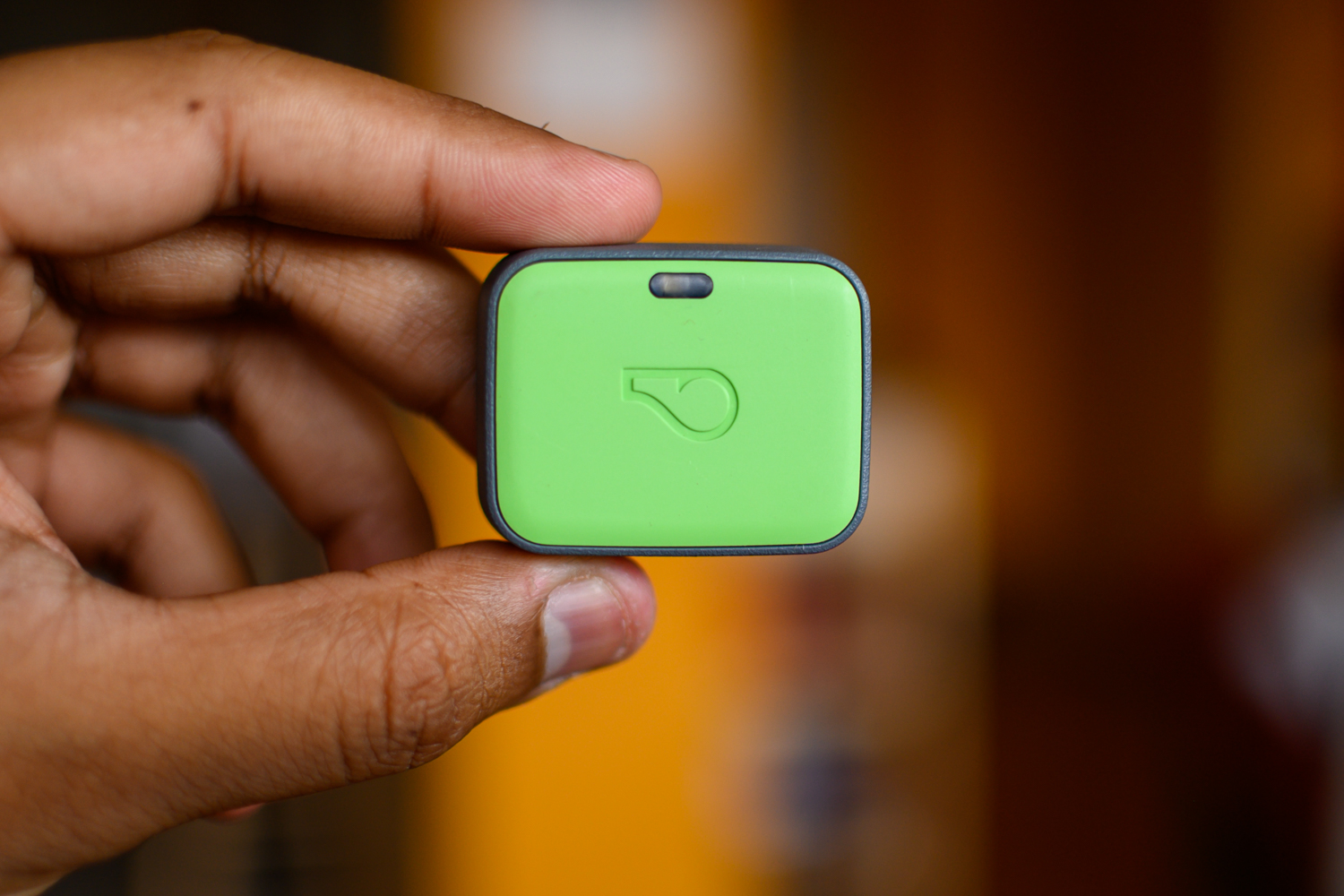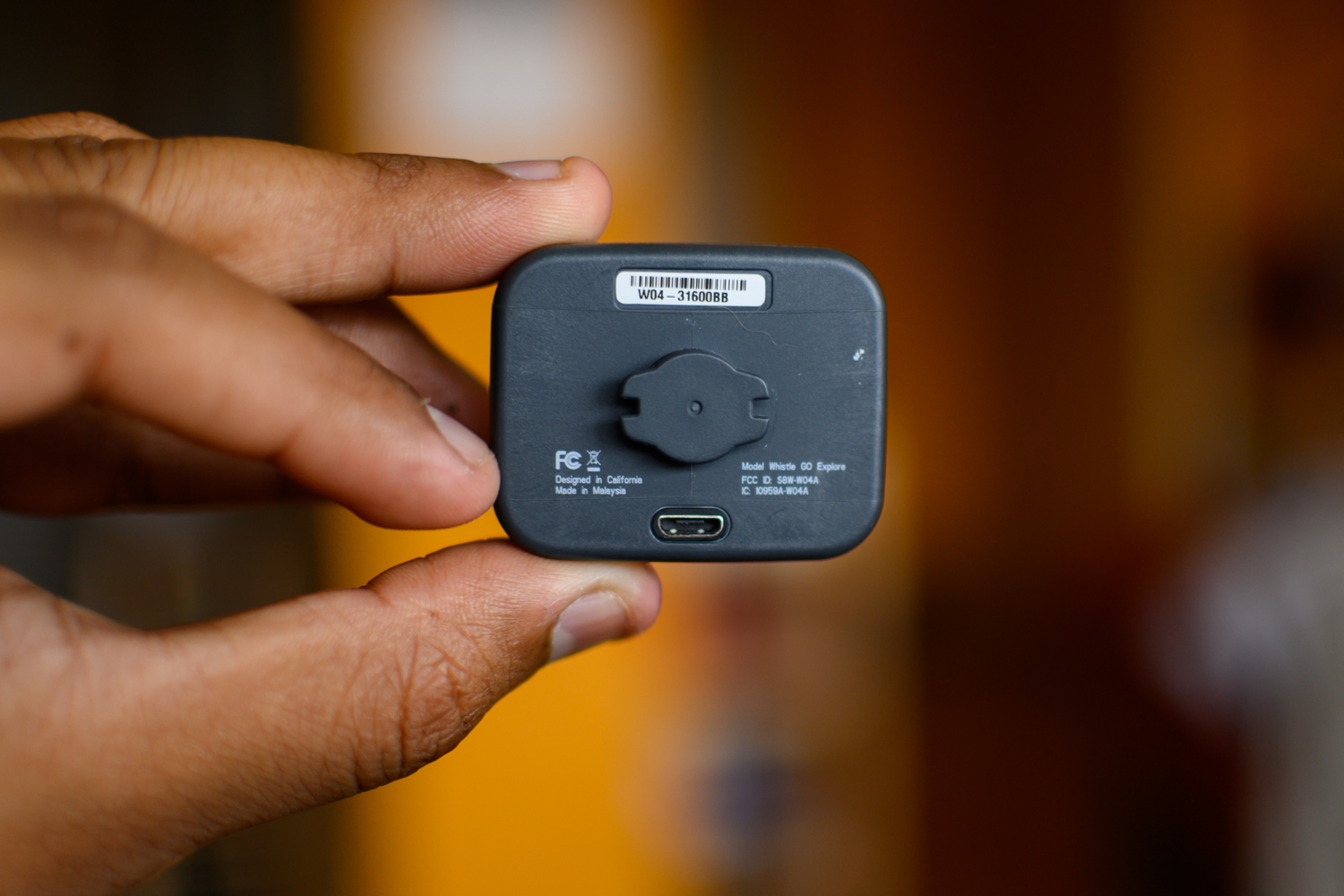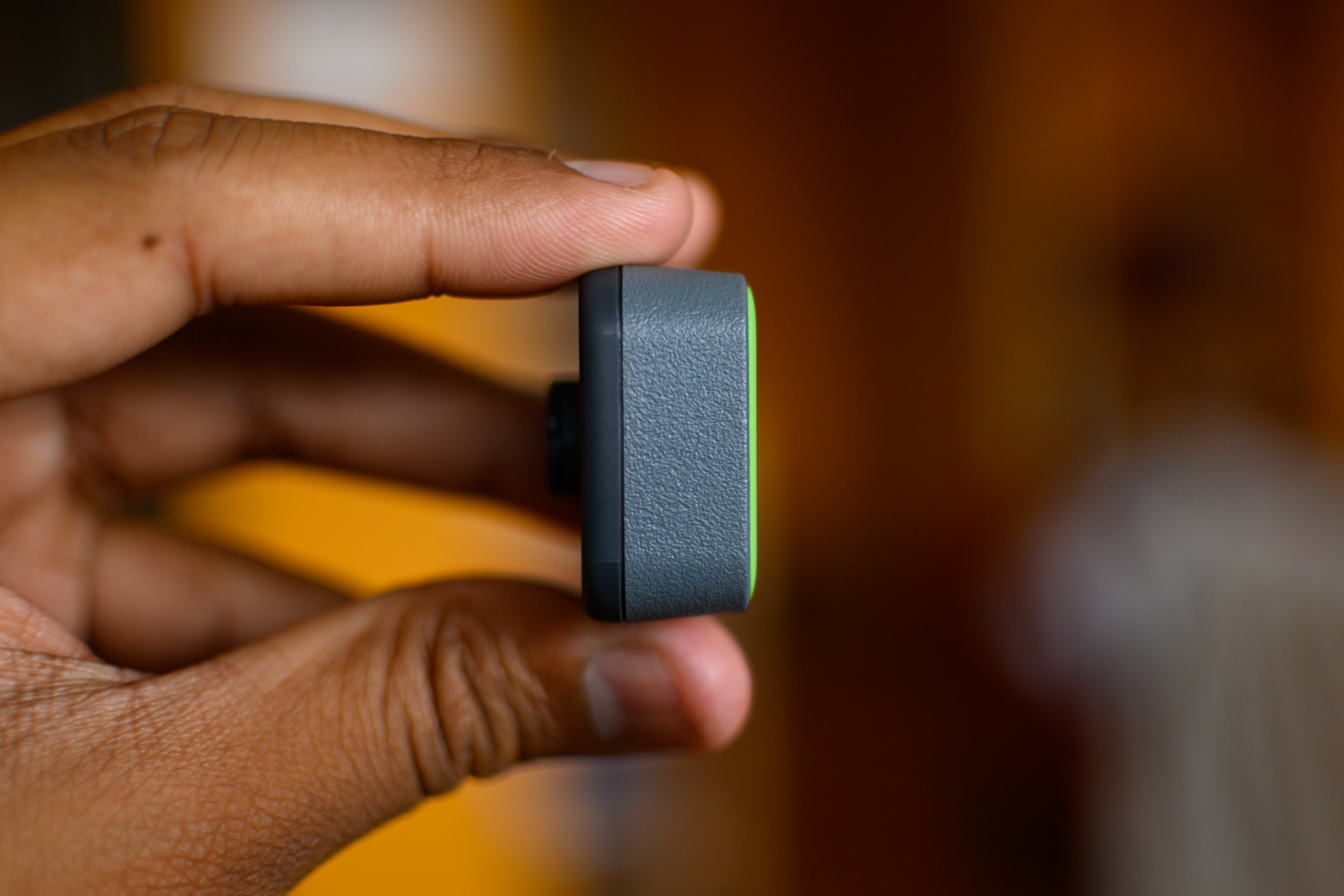
Just like smartwatches, pet trackers are getting smarter. While initially focusing on activity and GPS tracking, Whistle’s latest lineup of trackers — the Whistle Go and Whistle Go Explore — can also monitor changes in health, offering up pet owners more options for preventative care.
The new trackers have a health-monitoring platform based on research from a three-year study conducted on more than 55,000 dogs in the country. The dog needs to wear the tracker for at least two weeks, and then the data can show changes in sleep, licking, scratching, and more, and can alert pet owners.
I’ve had the Whistle Go Explore attached to my dog, Tobu, for about a month, here’s what it’s like to use one.
Whistle Go vs. Whistle Go Explore
But first, there are two new pet trackers from Whistle, following the Whistle 3. Here’s a quick breakdown of their features.
The Explore model is meant for more active dogs that travel long distances with their owner. It’s why it’s slightly thicker and heavier, but also shock-resistant and IPX8-rated for 2 meters of water submersion for 30 minutes. The standard Whistle Go is also shock-resistant, but it’s only IPX7-rated, which delivers 1 meter of water submersion for 30 minutes.
The bigger size means a bigger battery on the Explore, and Whistle claims it can last up to 20 days; the Whistle Go halves that with just 10 days of battery life (this also depends on the activity level of your dog). When the Whistle Go or Go Explore are connected to a familiar Wi-Fi network set in the companion app, the tracker goes into a power-saving mode, which is what enables its lengthy battery life.
Other than that, the two devices come in different colors: Blue, pink, and taupe for the Whistle Go, and green, magenta, and gray for the Whistle Go Explore. The former costs $100, whereas the Explore will set you back $130.
Both trackers attach to a dog’s collar or harness, and they require a Whistle subscription plan, which starts at $6.95 a month. The plan is what enables cellular coverage, which is powered by AT&T, and it’s what allows you to track your dog via GPS.
Setup
Now, onto my time with the tracker. I tested the Whistle Go Explore specifically, but you should have a similar experience with the Whistle Go, minus the improved battery life and water resistance.
Before you attach the Whistle Go Explore, make sure you have the correct collar or harness ready. It requires a good deal of force to remove the clips that secure onto the collar, as I found after I accidentally clipped them onto the wrong one, so keep that in mind when starting out. Otherwise, snapping on the Explore is a simple affair. It stays perfectly in place, and it’s easy to take off as well. You’ll need to take it off after some time to charge it up, as there’s a Micro USB port on the tracker.
Once it’s on your dog’s collar and charged, you need to pair it to the Whistle companion app via Bluetooth on your Android or iOS device. The process is simple, and the iPhone XS I used found the tracker quickly. During setup, you’ll need to add information like your dog’s breed, gender, age, and weight.
My dog doesn’t wear a collar, so I had to put one on him so he could carry the Whistle Go Explore. I think the tracker is too big for his small size, so I hope in the future Whistle trackers can come in smaller, more discrete sizes.
GPS tracking and light

The app is well laid out, and the feature front and center is GPS tracking. Whistle said the tracker checks in every 15 seconds when it’s disconnected from Wi-Fi, utilizing AT&T’s coverage and Google Maps for “precise location pinpointing.” The tracking is largely accurate, but I wouldn’t quite call it pinpoint.
It can get a general sense of the area the dog has walked, but the occasionally map shows Tobu walking in areas I haven’t taken him before (not too far away). If your dog goes missing, it can be found with the Go Explore, but it may take straying from the GPS points a few streets to make sure you have covered an area.
You can create “Safe Zones” in the app by selecting an area on a map, which ensures that if your dog leaves said the area, you’ll be alerted. I opted for text alerts, and I got a message on time whenever I took Tobu out for a walk, and he left the safe zone.
The app lets you see where you’ve traveled each day, and it’s easy to go back and view this historical information.

GPS tracking is all well and good, but what if it’s dark and you’re looking for your dog? Or you’re walking the dog late and you want to alert drivers and others of your presence? There’s an LED on the Go Explore you can turn on via the app, and you can set it to flash slowly, fast, or stay on permanently. It’s bright, but it’s a little small, so it’s not easily obvious it’s a light coming from a dog tracker, at least from far away.
Activity results
Like closing your fitness goal rings on an Apple Watch, the Whistle app shows a daily activity goal for your dog. It calculates this estimated number based on data such as your dog’s breed and age. You can also see calories burned, distance traveled, and how much rest your dog gets a day.
A daily log also shows what your dog is up to when you’re away, though if your pooch doesn’t do much, it will just say “Low activity at Home.” That’s the case with Tobu, who stays quite sedentary when I’m not home.
All this data is easy to find, and the activity ring fills up the more your dog exercises and gets closer to its goal. It gamifies the dog walking experience and pushed me to walk Tobu longer each day so we could hit these goals. It’s a good incentive, as obesity is a big problem with pets in the U.S. — an estimate of 60% of cats and 56% of dogs in the U.S. are overweight or obese, according to a 2018 report from the Association for Pet Obesity Prevention. You can also tweak the goal to your liking if you think it’s too low or too high for your dog.
It’s difficult to test the accuracy of the results, but I tried to match the results with data with the Apple Health app on my iPhone: Distance traveled was only off by half a mile, with the Health app saying I walked 1.6 miles, and the Whistle app suggesting 1.1 miles. Activity time was similarly lower on the Whistle — I went for a 45-minute walk, and the Whistle said it was a 36-minute session for Tobu. It’s just a little under the mark.
While breed type and age are big factors in the amount of exercise a dog needs, most dogs should get 30 minutes to an hour of active time per day. It’s a good idea to talk to your vet about how much exercise your dog should get, and set the goal in the Whistle app based on that number (if it’s not correct already).
Health and Wellness results

What’s new with the Whistle Go and Go Explore is the ability to see a health report from your dog on a weekly basis. The tracker looks at licking, scratching, sleeping, and more, and then alerts pet owners if there are sudden changes in this behavior. If your dog is suddenly scratching more than usual, it will alert you. You can then use this information by taking it to your vet and seeing if there’s a reason for the change. These reports come to your email, so it’s easy to forward it to your vet if they ask for it.
It takes more than two weeks for the Whistle tracker to understand your dog’s habits, and then another week for you to get the first wellness report. I was excited to see Tobu’s report, and the results certainly are interesting. For example, I learned that Tobu’s scratching is infrequent and that his daily average scratching is 58 seconds, which is 8 seconds more per day than last week.
I also learned that the time my dog spent licking is average, about 11 minutes per day. His nightly average sleep is 7.7 hours, and he had 3.3 sleep disruptions per night.
You can see how this data helps show trends from previous weeks, and it can help direct attention to when a particular habit is happening more than usual. There’s not much in the way of advice or suggestions for what the data means, and I think Whistle could provide just a little more background here, but the goal is for you to take the data to your vet if you see worrying signs of change.
The data itself is interesting and worthwhile that I’d keep using the Whistle — if only it was smaller and didn’t require a collar.
Battery life
The Whistle Go Explore should last 20 days on a single charge, but this depends on a dog’s level of activity. My dog isn’t too active, but I had to charge up the device after 17 days since the initial charge. It doesn’t quite match up Whistle’s claims, and if your dog is more active then it’ll last even less, but the fact that I didn’t really need to worry about battery life for more than a week was enough. The low battery notifications help and ensure you’re never unaware that the Whistle is dead.
Remember, the standard Whistle Go lasts only 10 days. If you don’t want to hassle with charging the tracker much, it may be worth it to go for the Go Explore for its longer battery life.
Price and availability
The Whistle Go and Whistle Go Explore cost $100 and $130 and are available today from Whistle’s online store and Amazon. Remember, you need a subscription too, which will set you back $6.95 a month.
Wrap up
The Whistle Go Explore is a great all-in-one tracker for your dog, but its benefits really shine through with the weekly health reports. Seeing the data and potentially taking preventative action gives peace of mind when it comes to your dog’s health.
I also like how it encourages me to take long walks with my dog with achievements and goal reminders, which is not only good for Tobu’s health but also my own.
The whole ordeal is pricey, especially since you need to pay $6.95 a month for GPS tracking. But for your pet’s health and safety, it might be worth it.
Updated on August 9, 2019: Added wellness report data and updated battery life impressions.












